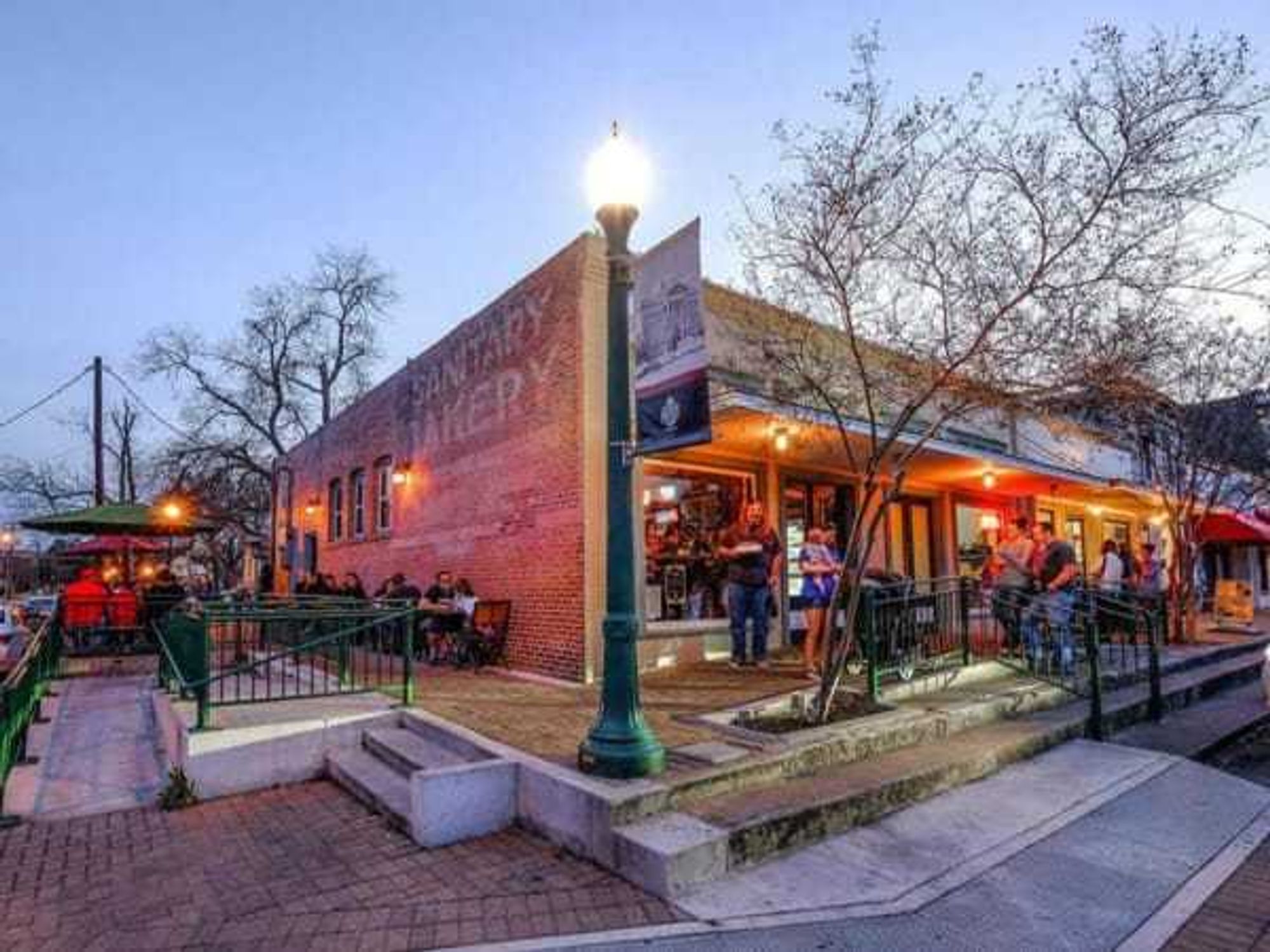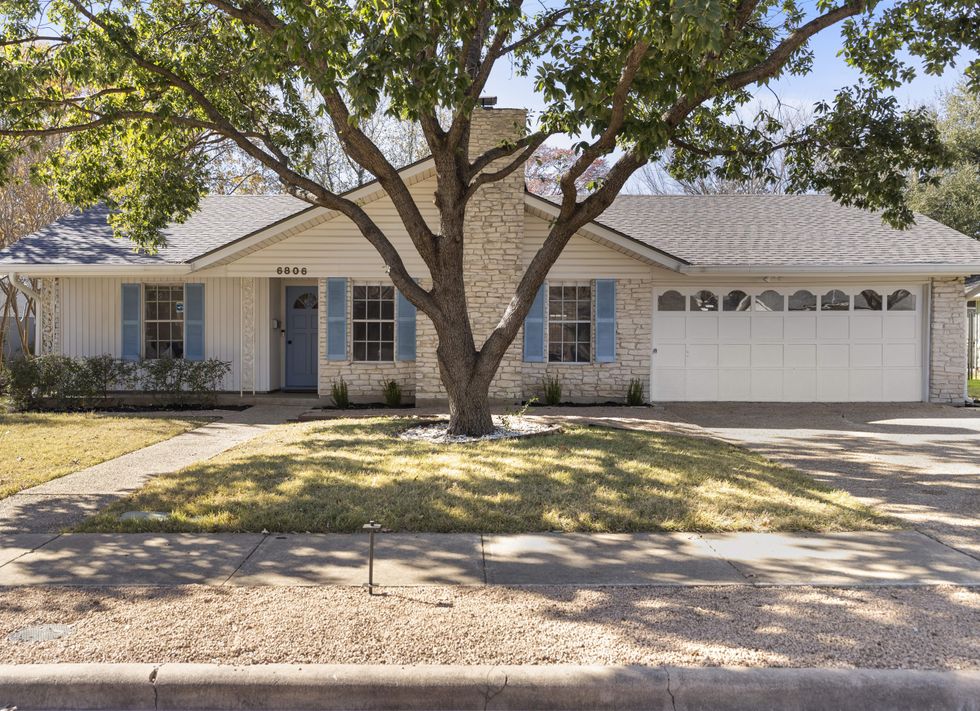Hype Machine
Austin surprisingly not the favorite Texas city for new residents during pandemic

Earlier this week, New York Mayor Bill de Blasio tweeted a link to a Forbes article along with the following caption: "Move over Austin, because as the song says, if you can make it here, you can make it anywhere — and it’s easier than ever for young dreamers to make it in the greatest city in the world!"
Though it's a bit of stretch to say de Blasio was trying to start a "feud," the tweet does illustrate the national hype surrounding Austin (again).
The COVID-induced wave of people trading big cities for a better quality of life (and lower costs of living) has been covered by many major news outlets, including New York Times, Forbes, and Bloomberg. Coupled with some big technology companies, such as Oracle and Digital Realty, moving operations to Austin, many of these articles have heralded our fair city as the shining beacon of light to which all coastal elites are flocking.
But new data from Redfin says it's actually not Austin pulling the most newcomers into Texas. But we'll get to that later.
In its new report, published February 4, the real-estate brokerage used data from 1 million Redfin users and the U.S. Census Bureau to calculate pandemic-induced migration, using net inflow, number of homes for sale compared to last year, median home price, and new construction permits to calculate the 10 metro areas with the biggest boon.
Based on the data, Austin is the No. 5 metro area with the biggest net inflow — another name for people moving into the city — in 2020. Last year, the Capital City welcomed 46,958 new residents, more than any other year in the past decade, the report notes.
Coupled with the pandemic, the influx has sent off a residential real estate explosion, knocking the number of homes for sale down 19.2 percent year-over-year and shooting home prices up 15.2 percent to a median of $370,000 across the Austin-Round Rock metro area.
So what city is pulling in the most newbies in Texas? That would be Dallas. It might not be grabbing the headlines (or tweets) bestowed upon Austin, but at 76,037 people, Big D had the No. 2 largest net inflow in the U.S. last year, adding nearly 30,000 more people than the Capital City. Like Austin, that's the most residents Dallas has added in the past decade.
Dallas too is seeing a housing shortage, with the number of homes for sale falling 35.7 percent over last year and the median home price climbing 9.1 percent to $323,900.
"People aren't moving to places with more homes available to buy; they're moving to places with more affordable homes to buy," said Redfin chief economist Daryl Fairweather. "Remote workers leaving expensive places for relatively affordable areas, partly because the allure of more house for less money is strong, is exacerbating housing supply shortages in more affordable parts of the country."
Earning the top spot was Phoenix, a city where more than 82,000 moved to last year. Like Dallas and Austin, Phoenix is attracting buyers from California looking for better tax rates, warm weather, outdoor amenities, and affordability. And, like its Texas counterparts, it's also finding some long-term residents struggling to afford the new normal.
"Even though Phoenix is affordable compared to other places, prices have risen significantly over the last year," said Phoenix-based Redfin agent Van Welborn in the report. "Locals are having a hard time getting their offers accepted because there are so few homes on the market, and often someone from California will put in a competing offer at a higher price and waive the appraisal."
Joining Dallas and Austin in the top 10 are Phoenix (No. 1); Orlando (No. 3); Tampa, Florida (No. 4); Las Vegas (No. 6); Atlanta (No. 7); Greenville, South Carolina (No. 8); Charlotte, North Carolina (No. 9); and Knoxville, Tennessee (No. 10).
According to Redfin, Bill de Blasio has a right to tweet his worries about New York City. The Big Apple lost 273,248 residents last year, the most of any city in the U.S. Currently, the number of homes on the market has increased 27.7 percent, and the median home price as of December now sits at $550,000.
Los Angeles, at No. 2, also saw a mass exodus in 2020, losing 124,175 residents. Chicago came in next at No. 3, followed by the San Francisco Bay Area (No. 4); Detroit (No. 5); Seattle (No. 6); Boston (No. 7); Miami (No. 8); Washington, D.C. (No. 9); and Baton Rouge, Louisiana (No. 10).

 This recently renovated home was featured in the cult classic film Dazed & Confused. Photo courtesy of AV Media Company/Compass
This recently renovated home was featured in the cult classic film Dazed & Confused. Photo courtesy of AV Media Company/Compass